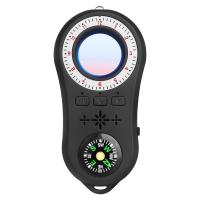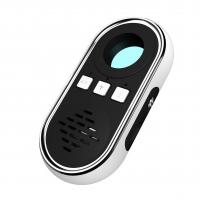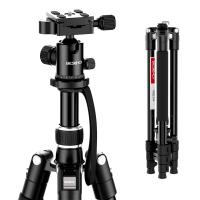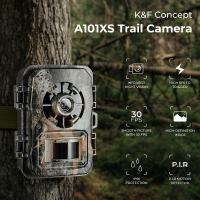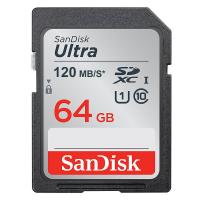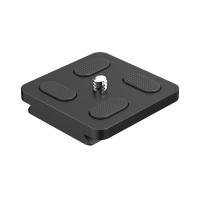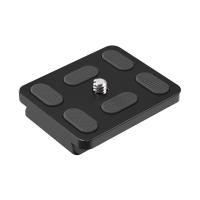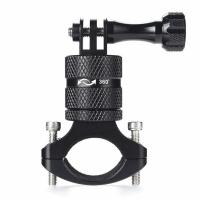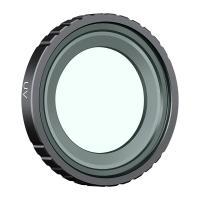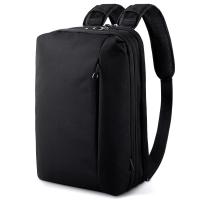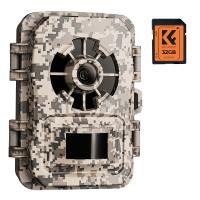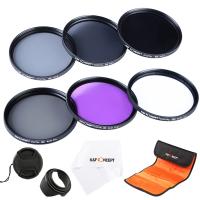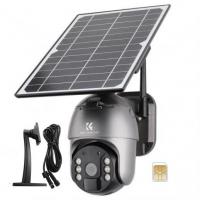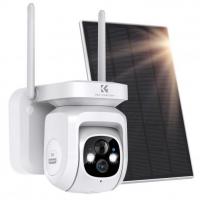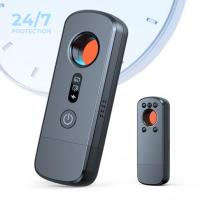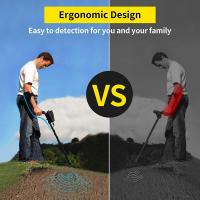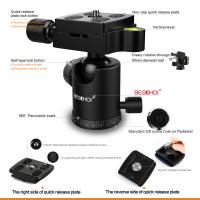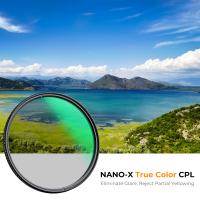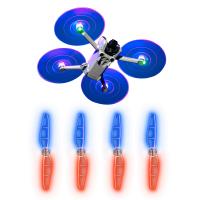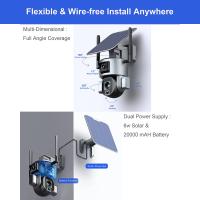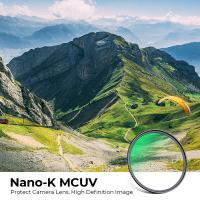How To Find Cameras In A House?
In today's world, privacy is a growing concern, and the possibility of hidden cameras in private spaces is a real threat. Whether you're staying in a hotel, renting an Airbnb, or even suspecting someone might have installed cameras in your own home, knowing how to find these hidden devices is crucial. This article will guide you through various methods to detect hidden cameras in a house, ensuring your privacy and peace of mind.
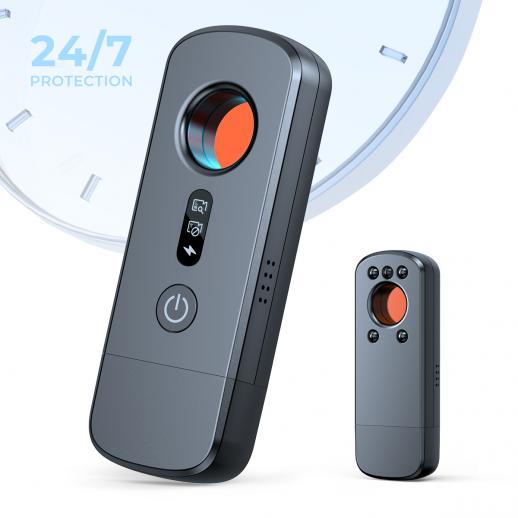
Understanding Hidden Cameras
Hidden cameras come in various shapes and sizes, often disguised as everyday objects like smoke detectors, clocks, or even USB chargers. They can be wired or wireless, and some are equipped with night vision capabilities. The first step in finding hidden cameras is to understand where they might be placed and what they might look like.
Visual Inspection
The simplest and most straightforward method to find hidden cameras is a thorough visual inspection. Here are some steps to follow:
1. Check Common Hiding Spots: Start by inspecting common hiding spots such as smoke detectors, air purifiers, clocks, and picture frames. Look for any unusual objects or out-of-place items.
2. Look for Small Holes or Lenses: Hidden cameras need a line of sight to capture footage. Look for small holes or lenses in objects that could be hiding a camera.
3. Inspect Mirrors: Some hidden cameras are placed behind two-way mirrors. To check if a mirror is two-way, place your fingernail against the glass. If there's a gap between your nail and its reflection, it's a regular mirror. If there's no gap, it could be a two-way mirror.
4. Check for Wires: While many hidden cameras are wireless, some still require power cables. Look for any unusual wires or cables that don't seem to belong.
Using Technology to Detect Cameras
While a visual inspection is a good start, technology can significantly enhance your ability to detect hidden cameras. Here are some tools and methods you can use:
1. RF Detectors: Radio Frequency (RF) detectors can help you find wireless cameras by detecting the radio frequencies they emit. Simply turn on the RF detector and walk around the room. If it detects a signal, it will alert you.
2. Infrared Detectors: Many hidden cameras use infrared (IR) for night vision. You can use an infrared detector or even your smartphone's camera to spot these cameras. Turn off the lights and use your phone's camera to look for any small, glowing lights that indicate an IR camera.
3. Mobile Apps: There are several mobile apps available that can help you detect hidden cameras. These apps use your phone's sensors to detect electromagnetic fields or infrared light. Some popular apps include Hidden Camera Detector and Glint Finder.
4. Network Scanners: If you suspect a hidden camera is connected to your Wi-Fi network, you can use network scanning tools like Fing or Wireshark to identify all devices connected to your network. Look for any unfamiliar devices that could be cameras.
Physical Methods
In addition to visual and technological methods, there are some physical techniques you can use to find hidden cameras:
1. Use a Flashlight: Turn off the lights in the room and use a flashlight to scan for hidden cameras. The camera lens will reflect the light, making it easier to spot.
2. Listen for Unusual Sounds: Some hidden cameras make a faint buzzing or clicking sound. In a quiet room, listen carefully for any unusual noises that could indicate a hidden camera.
3. Check for Heat: Cameras generate heat when they are operating. Use your hand to feel for any warm spots on walls, ceilings, or objects that could be hiding a camera.
Professional Help
If you've tried the above methods and still suspect there are hidden cameras in your house, it might be time to seek professional help. Private investigators and security experts have specialized equipment and expertise to detect hidden cameras more effectively.
Preventive Measures
While detecting hidden cameras is important, taking preventive measures can help protect your privacy in the first place:
1. Use a Camera Detector: Invest in a good quality camera detector and use it regularly to scan your living spaces.
2. Secure Your Wi-Fi Network: Ensure your Wi-Fi network is secure with a strong password and encryption to prevent unauthorized access to connected devices.
3. Cover Cameras: If you have security cameras in your home, cover them when not in use to prevent unauthorized access.
4. Be Cautious with Rentals: When staying in a hotel or renting an Airbnb, do a thorough inspection upon arrival. Read reviews and choose reputable hosts.
Legal Considerations
It's important to be aware of the legal implications of finding hidden cameras. In many jurisdictions, it's illegal to install hidden cameras in private spaces without consent. If you find a hidden camera, document it and report it to the authorities. Do not tamper with or destroy the camera, as it could be used as evidence.
Finding hidden cameras in a house requires a combination of visual inspection, technological tools, and physical methods. By being vigilant and using the techniques outlined in this article, you can protect your privacy and ensure your living space is free from unwanted surveillance. Remember, if you have any doubts or concerns, seeking professional help is always a good option. Stay safe and protect your privacy.




